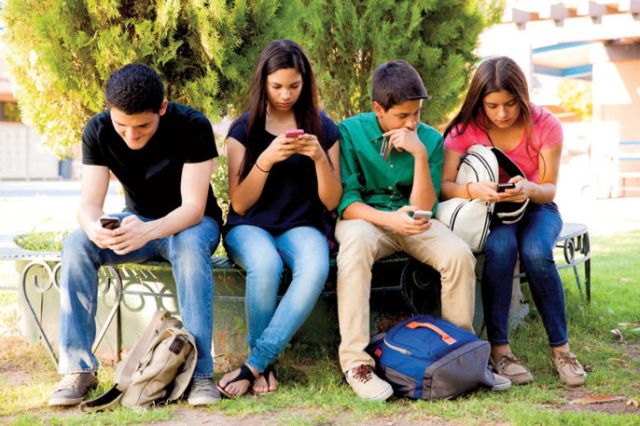
One in three users of the internet is younger than 18, yet cyberspace isn’t geared toward them. That’s why the Connected Learning Lab in the California Institute for Telecommunications & Information Technology at UC Irvine hopes to better understand how young people are using digital technology. Students are bringing their own research and specialized knowledge to the task. (Photo credit: Getty Images/UC Irvine)
Cultural anthropologist and informatics professor-in-residence Mimi Ito directs the lab. She studies technology use by youth, examining their changing relationships to media and communications and is working with 12 faculty across informatics, education, anthropology, psychology, and the humanities.
“Our research shows that young people learn best when actively engaged, creating and solving problems they care about, and when they are supported by peers who appreciate and recognize their accomplishments,” Ito says.
According to Candice Odgers, a UC Irvine professor of psychological science who studies adolescents’ mental health and development, many adolescents are actually thriving in the digital age.
“We see high rates of high school graduation and declining rates of things like teen pregnancy, alcohol consumption, and violence,” she says. “So most kids are doing well. Even in cases where young people seem to be struggling a bit more, like with mental health, we don’t find evidence that smartphones are to blame. People really want to blame the devices, so it’s important to understand what the real effects are.”
Click here to read more
The U.S. Army Corps of Engineers has been tasked with…
Brown and Caldwell, a leading environmental engineering and construction firm,…
Humboldt State University, one of four campuses within the California…